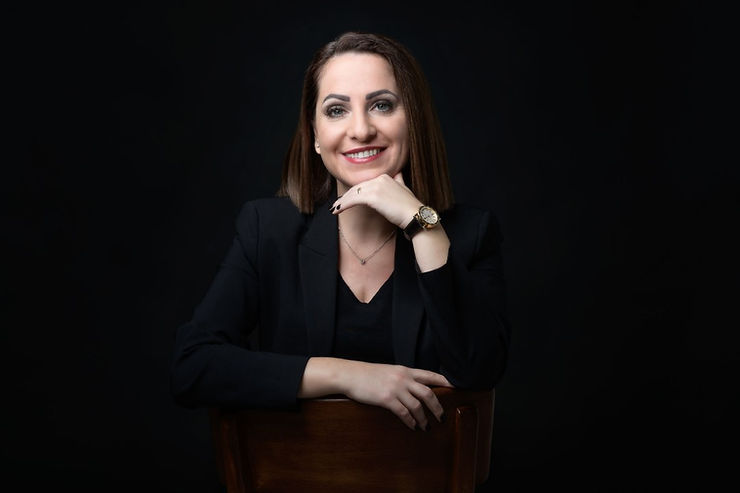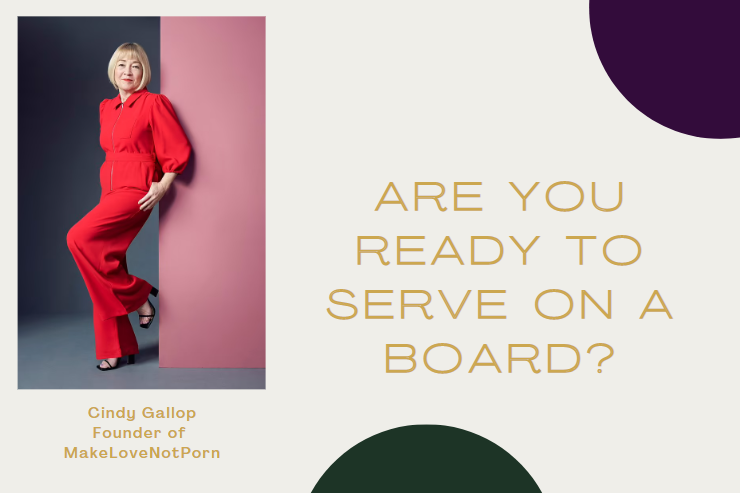Diana Markaki spent 22 years in a successful corporate career before founding the Boardroom, an organization dedicated to preparing women who aspire to be board members. Here she sits down with Women on the Move Podcast Host Sam Saperstein to discuss how she built a rigorous approach for helping executive women get on boards. Women on the Move is JPMorgan Chase’s commitment to fuel female ambition and advance financial equality.
Diana grew up with what she calls a strong sense of justice and a desire to address the big problems of the world. She left her native Greece for New York as a 21-year-old and began a career as an international lawyer. It was when she received her first public board appointment, at 36, that the idea for the Boardroom started simmering. “I was the only woman on the board, by far the youngest,” she tells Sam. “And obviously the last thing I wanted was for my older male peers to challenge my credentials. I wanted to be the best board member anyone had ever met. So immediately, I started looking at the different things that I had to do in order to be a successful board member, then I built a solution for myself.”
As an MBA student at Harvard Business School at the time, she got the opportunity to put that solution into an actual business case, and she quickly realized that many women had the same problem she had. She decided to share the solution with the world, and the Boardroom was born.
Four pillars
Diana formally founded the Boardroom in Switzerland in 2021, as the world’s first private club for women executives who aspire to be board members. It’s an in-person focused organization, with a villa in the center of Zurich which members go to daily. “We developed what we call the holistic approach to board readiness, in the sense that we identified everything that an executive needs for the next step in our career, then we brought everything together in a one-stop shop approach,” she tells Sam.
The Boardroom has four organizing pillars. The first pillar is executive education for aspiring board members, for which they developed a proprietary five-module curriculum based on extensive market research. The second pillar is called the inner circle program, which is a combination of leadership development and peer learning. The third pillar is strategic networking, and the fourth is what Diana calls “the inspiration, the role models, and the representation in the sense that you cannot be what you cannot see.”
Disrupting the “boys’ club” culture in the workplace
Although the Boardroom is for women, Diana stresses that she was very intentional about including men, since they dominate the corporate board space and lead many board appointments. “You go through these informal networks that are dominated by men. Someone is a guy that knows a guy that played golf together, were in the Army together, and that’s how it goes. That’s why we bring the male supporters.”
The men recruited by the Boardroom are senior level executives who support senior female talent retention and board diversity. Diana notes that they don’t do coaching or mentoring “because we believe that our women are just as good and qualified as the men.”
Instead, the men who are supporters commit to bringing more women on their executive committees and boards. “When they have an opening and they want to affiliate with an amazing executive, then immediately they tap into the community of the boardroom and then we make nominations and referrals to make sure that we place the right people in the right positions,” she explains.
Future growth
Since its birth in Zurich at the beginning of the pandemic, the Boardroom has expanded to Athens, London, Paris, and Brussels, with plans for six more European sites next year. And while for now, the organization is focused on enrolling women who are already senior level executives, in the future Diana says they plan to expand their membership. “Once we create the critical mass that’s needed at the board level, these women together with the support of the boardroom structure are going to build the pipeline and then we go to the next generation of leaders that will be able to join boards,” she tells Sam. “But it is time critical to create that critical mass, and that’s why we focus only to very senior women executives that are determined to put in the time and effort to become a successful board member.”
*Disclaimer: The speakers’ opinions belong to them and may differ from opinions of JPMorgan Chase & Co and its affiliates. Views presented on this podcast are those of the speakers; they are as of July 6th, 2023 and they may not materialize.
Listen to the full episode here!






